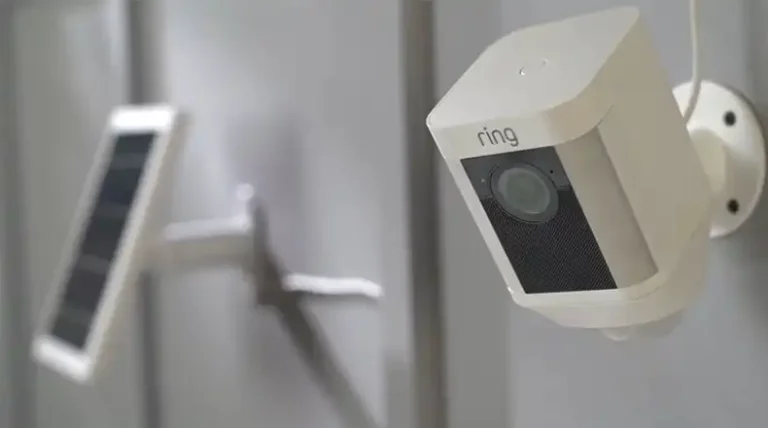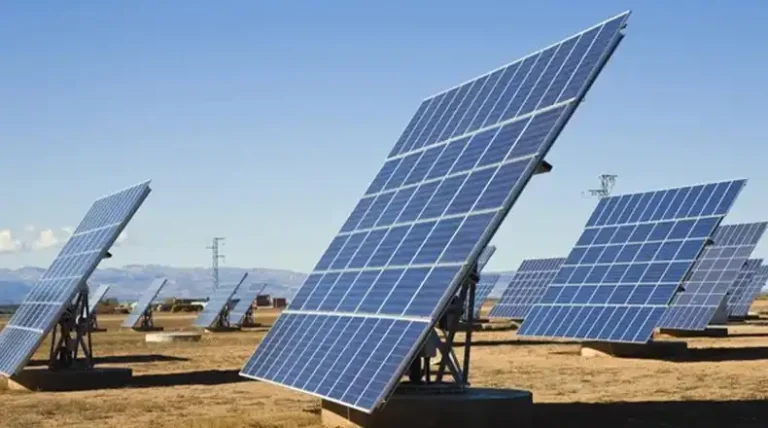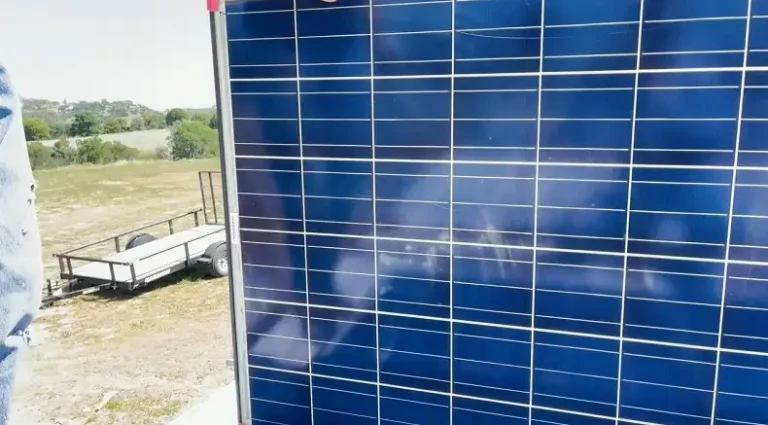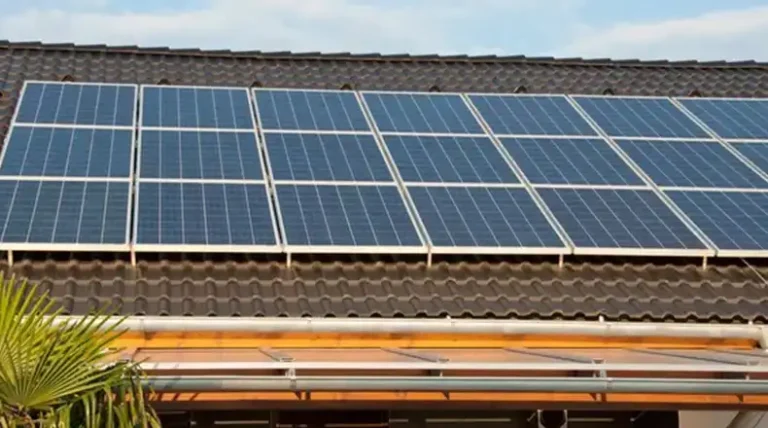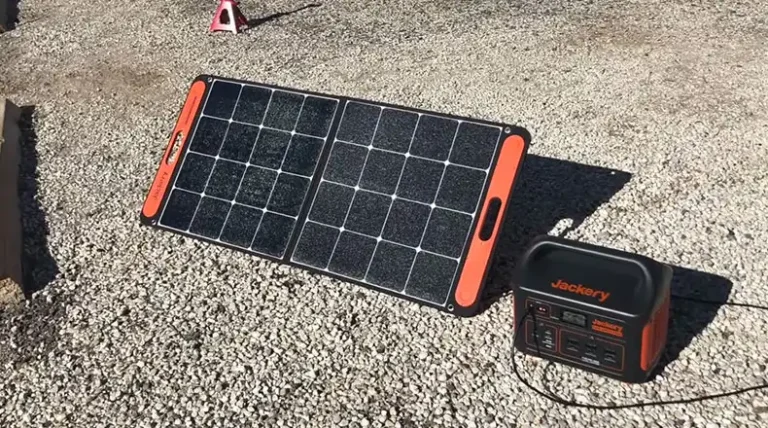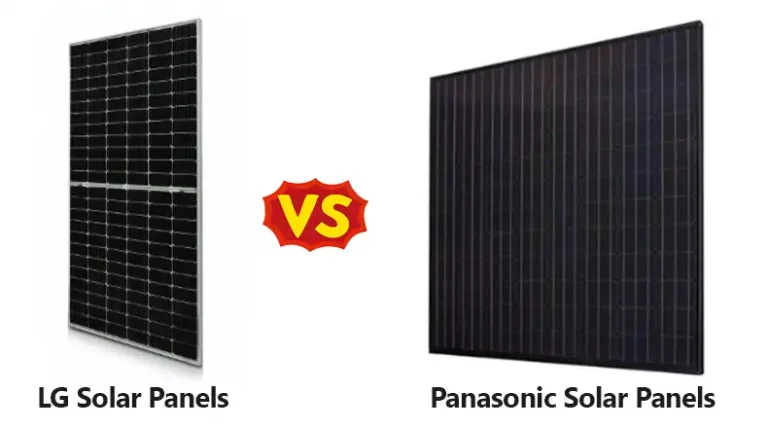How Much Does It Cost to Pigeon Proof Solar Panels?
Installing solar panels on your roof can provide renewable energy and lower electricity bills. But pigeons flocking to panels can cause issues. Their droppings contain uric acid that erodes solar equipment over time. So pigeon proofing is crucial for protecting your investment.
The cost of pigeon-proof solar panels typically ranges from $0.40 to $1.50 per watt of rated power generation, with the national average around $0.85/watt. For a standard 6 kW (6000 watts) solar system, expect to pay $250 to $900 for pigeon deterrents, with $510 being the typical cost.
Below we’ll explore pigeon-proofing options, pricing factors, costs by system size, and tips to save money. Read on to learn what’s involved so you can budget wisely.
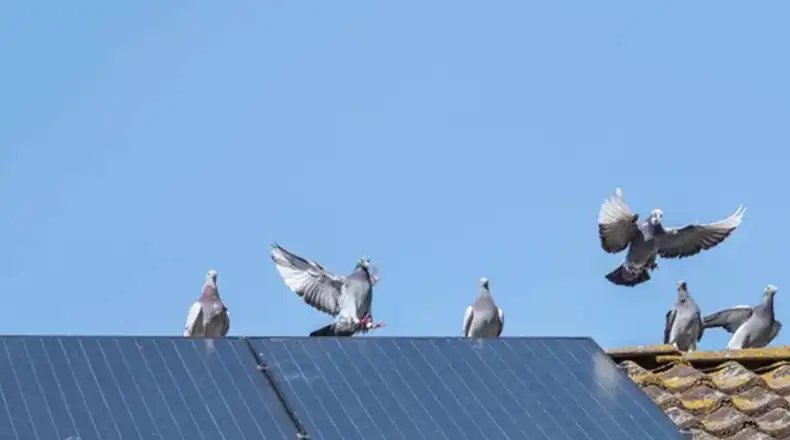
Options for Pigeon Proofing Solar Arrays
Here are some of the most common and effective solutions for keeping pigeons away from solar panels:
1. Physical Barrier Deterrents
Physical barriers physically prevent pigeons from landing on panels. They include:
- Plastic or stainless steel netting – Installed above, below, or surrounding solar arrays. Costs $0.10 to $0.40 per watt.
- Porcupine wire – Steel spikes on panels or frames that deter perching. Costs $0.15 to $0.60/watt.
- Looped steel wire – Placed along panel edges and frames. Costs $0.20 to $1.00/watt.
- Roof perimeter fencing – Stops pigeon access to the whole roof. Costs $3 to $5 per linear foot.
Physical barriers provide maximum protection when installed correctly. But they tend to be more expensive than other deterrent types.
2. Pigeon Repellent Chemicals
Chemical repellents use formulas pigeons dislike to discourage landing on treated areas. Options include:
- Liquid or gel repellents – Applied directly to solar panels. Costs $0.05 to $0.20 per watt.
- Pest control granules – Emit smells that naturally deter pigeons. Costs $0.10 to $0.40/watt.
Chemicals offer affordable protection but require more frequent reapplication than physical deterrents.
3. Automated Pigeon Deterrent Devices
Automated devices frighten pigeons away using lights, sounds, or movement. For example:
- Motion-activated sprinklers – When pigeons land, water scares them off. $150 to $500 per device.
- Ultrasonic emitters – Produce high-pitched sounds only birds can hear. $50 to $200 per device.
- Predator decoys – Fake owls, snakes, or hawks deter pigeons. $25 to $80 each.
Devices are easy to install but must be strategically placed for optimal effectiveness. Battery or electric power is required.
Key Factors That Determine Pigeon Proofing Costs
Several variables affect the investment needed to effectively pigeon proof solar panels:
- Solar Array Size: The larger the solar system, the more proofing is required. Materials, labor, and deterrent devices scale up with more panels to protect.
- Roof Type: Flat roofs allow easier pigeon access versus steeply pitched. More perimeter fencing is often needed on flat roofs.
- Professional vs DIY Installation: Hiring a solar company to install pigeon deterrents costs more in labor/service fees versus DIY.
- Local Prevailing Wages: In areas with higher pay rates, professional installation labor will be more expensive.
- Type of Deterrent Used: Physical barriers provide maximum protection but tend to cost more than chemical repellents or devices.
- Local Pigeon Population Density: In regions with large feral pigeon flocks, more vigorous proofing is needed which raises costs.
- Potential Electricity Production Losses: Larger solar arrays have higher value electricity generation at stake, justifying greater investment in proofing.
Cost to Pigeon Proof Solar Panels by System Size
Here are typical professionally installed pigeon-proofing costs based on solar array size:
2 kW (2000 watt) System
A 2 kW system is typical for RV or boat solar. Requires about 80-100 sq ft of panels.
Typical Cost Range: $80 to $300
- Physical barriers: $80 to $150
- Chemical repellents: $100 to $200
- Automated deterrents: $150 to $300
4 kW (4000 watt) System
A 4 kW system is good for modest homes. Needs 160-200 sq ft of panels.
Typical Cost Range: $160 to $600
- Physical barriers: $160 to $300
- Chemical repellents: $200 to $400
- Automated deterrents: $300 to $600
6 kW (6000 watt) System
A 6 kW setup works well for average-sized homes. Requires 240-300 sq ft of panels.
Typical Cost Range: $240 to $900
- Physical barriers: $240 to $450
- Chemical repellents: $300 to $600
- Automated deterrents: $450 to $900
10 kW (10,000 watt) System
For larger homes and businesses. Needs 400-500 sq ft of solar panels.
Typical Cost Range: $400 to $1,500
- Physical barriers: $400 to $750
- Chemical repellents: $500 to $1,000
- Automated deterrents: $750 to $1,500
As shown, pigeon-proofing costs directly correlate with solar system size and production capacity. Larger installs require more deterrent materials and labor.
Strategies to Reduce Pigeon Proofing Costs
If your budget is limited, here are tips to lower pigeon proofing costs without sacrificing performance:
- Install barriers only around the perimeter instead of the entire roof area. Focus on prime pigeon access points.
- Start with inexpensive chemical repellents first. Upgrade to physical deterrents later if needed.
- Choose economical netting/wire mesh instead of costlier stainless steel options.
- DIY installation can save 50% or more on labor versus professional.
- Purchase pigeon-proofing materials in bulk for quantity discounts.
- Only use as many deterrent devices as absolutely necessary.
- Ask your solar installer if they offer package discounts with panel purchases.
- Maintain proofing properly so items last their maximum lifespan.
With smart strategies, you can minimize costs while still protecting your solar array against damaging pigeons.
Example Cost Breakdown for 6 kW System
Let’s look at a detailed breakdown of professionally installed pigeon proofing for a typical 6 kW rooftop solar array:
- 35 linear feet of plastic pigeon netting around the perimeter at $0.40/foot: $14
- 5 owl decoys at $25 each to scare pigeons: $125
- 3 ultrasonic repellers at $150 per unit: $450
- 8 hours of labor for installation at $40/hr: $320
Total Pigeon Proofing Cost = $909
This covers the prime perching areas with plastic netting to block access, plus owl decoys and ultrasonic devices for additional deterrence. With professional installation labor, the total falls within the expected range of $250 to $900 for a 6 kW solar system.
Return on Investment Analysis
Pigeon-proofing solar panels come with a significant return on investment over time in the form of maintained electricity production.
The UC San Diego study found soiled solar panels lose 15% of power output after just 18 months. For a 6 kW array, that equates to 900 kWh of annual production lost, worth $90 annually when power costs $0.10/kWh.
Factoring in proper proofing for $900 upfront, it would pay for itself in 10 years through maintained generation. Pigeon deterrents can easily last 10-15 years. After payback, the $90/year savings continue over the 25-30 year lifespan of solar panels.
When you add in avoided costs of $250+ per panel replacement and periodic cleanings, the total savings multiply. So pigeon proofing easily pays for itself many times over.
Importance of Preventative Pigeon Proofing
Pigeons are attracted to solar arrays as convenient places to roost and build nests. Their corrosive droppings contain up to 25% uric acid. A 2011 study by the University of California, San Diego found solar panels covered in droppings suffered 3 times more degradation than clean panels after only 18 months.
Droppings aren’t the only issue. Pigeon vomit and urine also contain uric acid. So even panels that look clean can sustain hidden damage. The uric acid eats away at anti-reflective coatings and aluminum frames over time. This reduces light absorption efficiency, leading to 5-20% lower electricity output according to the Solar Energy Industries Association.
Replacing fouled solar panels costs $250 to $350 each on average. Frequent cleanings are required to limit damage but rack up labor costs. Unchecked pigeons can completely destroy solar equipment and lead to costly repairs.
Proofing methods also become less effective on panels already acclimated to pigeons roosting. The birds are stubborn to give up an established nesting spot. For this, it’s highly recommended to install pigeon-proofing proactively when your solar array is new. Attempting to “rescue” panels already fouled by pigeons proves far more difficult and expensive.
That’s why preventive proofing before you power up your new solar panels is so critical. An ounce of protection beforehand saves hundreds of repair costs down the road.
End Notes
For a standard home 6 kW system, expect a $250 to $900 total expense for pigeon deterrents.
We recommend a layered defense of physical perimeter barriers coupled with chemical repellents or automated devices for optimum protection. With smart strategies, you can minimize costs for a great return on investment over the lifespan of your solar array.
We hope this detailed guide provides a clearer picture of pigeon-proofing costs. Please leave a comment with any other solar panel bird-proofing questions!
Other Related Questions
Q: What is the most cost-effective pigeon deterrent?
A: Perimeter netting or wire provides excellent physical blocking from prime roosting spots at a reasonable cost of $0.10 to $0.40 per solar watt.
Q: How often should pigeon repellents be reapplied?
A: Liquid/gel chemicals need reapplication every 1-2 years. Scent granules can last 3-5 years. Physical barriers like netting last 10-15 years if installed properly.
Q: Can bird proofing be added after solar panel installation?
A: Yes, deterrents can be added at any time, but are harder to retrofit. Preventative installation when panels are new is strongly recommended.
Q: What happens if pigeon droppings are left on solar panels?
A: The uric acid etches away anti-reflective glass coatings and aluminum frames. This gradually reduces light absorption efficiency by up to 20%, lowering power output.
Q: Should pigeon spikes damage my roof or panels?
A: Properly installed porcupine wire spikes cause no damage. The blunt tips deter perching but do not puncture roofing or panel materials.

